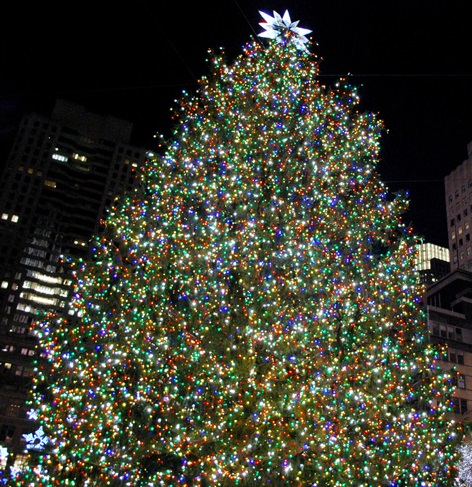A Christmas tree is usually an evergreen conifer such as spruce, pine, or fir or an artificial tree of similar appearance, associated with the celebration of Christmas. It is an essential ingredient in the Christmas festivities. Christmas trees have, for centuries, been a symbol of light in the darkness, joy in the depths of midwinter and the hope of new life. Let us hope that we have no need of their use in pandemic influenza measures, now or in the future. There is uncertainty where and when the custom of the Christmas tree began however the tradition of the modern day Christmas tree appears to begun in Western Germany. Conifers grow all over the globe from within the Arctic circle to the southern hemisphere. They are most abundant in cool, temperate and boreal regions but also occur in tropical areas. The species of evergreen coniferous used as Christmas trees are all members of the Pinaceae family, which has 10–12 genera and about 200 species. This pine family comprises predominantly trees; most are evergreen with needle-like leaves. Genera in this family include the fir, Douglas fir, hemlock, larch, cedar, pine and spruce.
The most wonderful thing in the Christmas tree is its aroma. The aroma of Christmas trees is one that’s evocative of Christmas. The key molecules responsible for the Christmas tree aroma are pinene. Pinene is a compound which occurs naturally as two different isomers: Alpha-pinene, and beta-pinene. In most pine trees, alpha-pinene is the more abundant of the two, though the most abundant, pinene isn’t the only terpene amongst the volatile compounds given off by pine trees. There are also other minor constituents, such as limonene (also found in the peel of citrus fruits), myrcene, camphene, and phellandrene. A range of different terpenes are released by Christmas trees providing the characteristic smells of the woods – scientists have discovered that the terpenes can react with some chemicals in the air to form small particles called aerosols. These aerosols can act as ‘seeds’ for clouds, allowing their formation from water vapour. Overall, the increased cloud cover can have a cooling effect. Terpenes are also responsible for the blue appearence that is sometimes visible over pine-covered mountains. The aerosols that the terpenes form in the atmosphere can have a scattering effect on sunlight; this leads to shorter wavelengths which is the main reason for blue appearance. Additionally, other non-terpene compounds also play a part in the aroma of Christmas tree among them bornyl acetate is most important. Bornyl acetate (C12H20O2) is sometimes called "heart of pine" because it produces a rich smell is also one the most important component responsible for the wonderful aroma of Christmas tree. The compound is an ester found in pine and fir trees. Balsam firs and silver pines are two types of fragrant species rich in bornyl acetate that are often used for Christmas trees.
